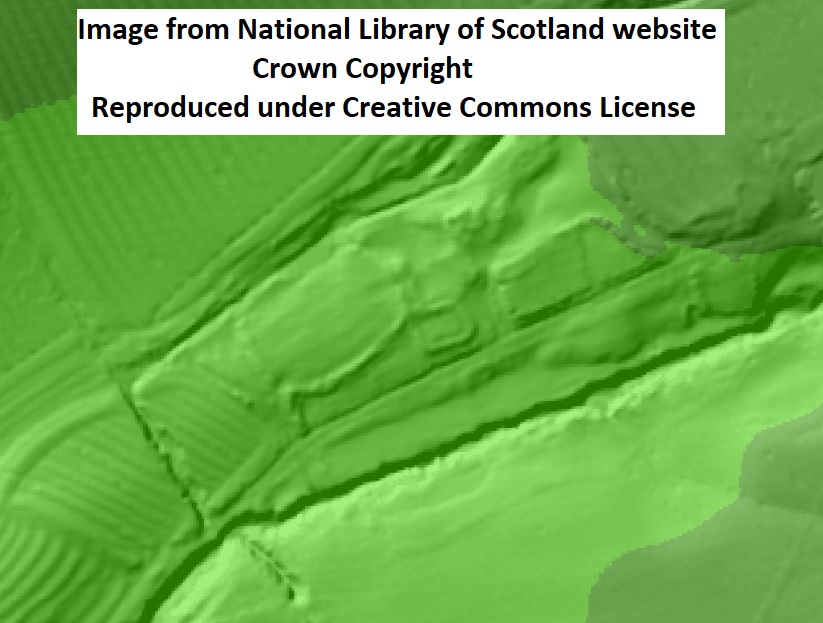Abberwick Tower

Abberwick Tower Details
Abberwick Tower, the scant remains of a tower house and deserted settlement lie in fields next to a farmhouse
- Closest To: Abberwick, Alnwick
- Access: No Access
- Grid Reference: NU12551324
Abberwick Tower was a property belonging to the barony of Wark on Tweed in the 13th century. The property was made up of a farming village looked over by a tower house, the population declining by the end of the 14th century as the combined result of war and plague. The settlement and the buried remains of the tower house lie in fields to the west of the farm of Abberwick, the rectangular mound of the tower house being the most significant feature, measuring 11 metres by 7 and about 1.5 meres high. The settlement rebounded in size by the end of the 16th century, when the tower is recorded as having existed, but in the 18th century the village again declined and the population dispersed to the various farms in the area.
The mound containing the foundations of the tower does have exposed masonry at the edges which is largely undressed stones, and it is clear from a central linear feature that the basement of the tower was divided into two rooms. Although records of the lands of Abberwick go back to the 12th century, the only mentions of the tower are 16th and 17th century. By this time the property had been broken up into several parts. That with the tower was acquired by the Collingwood family, of whom we know of Robert, who died in the 1590s, and his brother or son John, who died in 1605. Robert Collingwood took part in the 1569 Rising of the North, and it would appear likely that Abberwick was confiscated, as in 1572 it was in the hands of Thomas Swinburne of Edlingham, who granted “the lordship and tower of Abberwick” to Nicholas Erringham of Berwick-upon-Tweed. It is certain that Robert’s name appears in the Act of Attainder of 1569, and that his lands were escheated to the Crown. In June of that year, his tenant was Nicholas Erringham, so it appears the Erringham family maintained occupancy despite the change of lord. Subsequently the manor exchanged hands many times, with the “capital messuage” being mentiioned in a transfer of 1656. In 1689 the nature of the messuage is clarified when it was sold to Sir James Clavering of Axwell, bt. – “And one chief messuage with the appurtenances in Abberwick called the Tower. And all that other messuage with the appurtenances called the Nether Hall”. This is the last time that the tower is mentioned, and perhaps it was in disrepair by 1689, the Nether Hall becoming used as the seat of the lands instead.
A full and detailed account of the story of Abberwick can be found here alhough it has to be said the volume is well over 100 years old, so a certain degree of verification has to be carried out!
Become a supporter of my work to access a more detailed history
